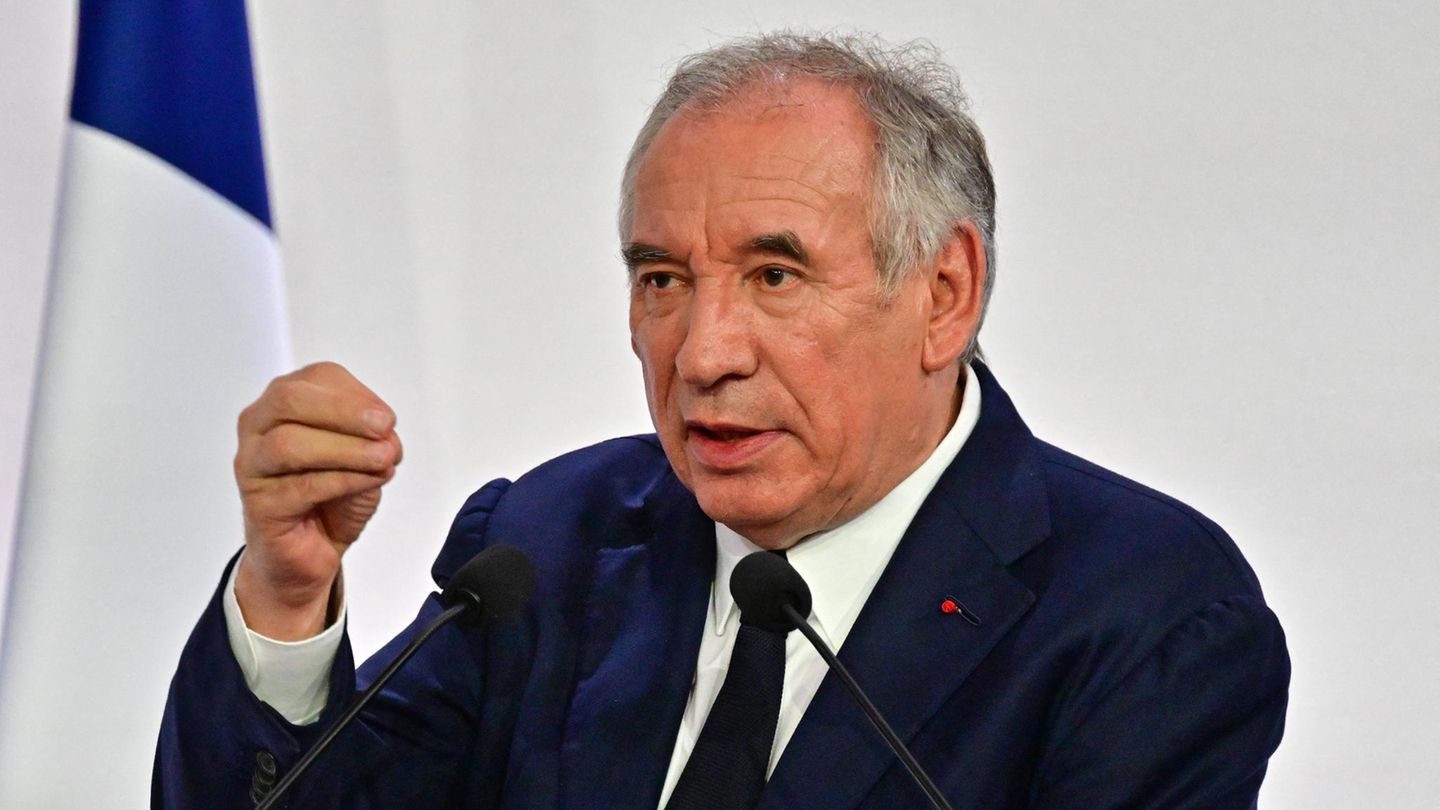In addition to the high yields of the “Carry”, there is also the attractiveness of the valuations of the shares to the detriment of the assets of developed markets. But investors seem to be underestimating that global risks are coming.
The survey of portfolio flows to emerging markets shows last June a very strong recovery that, according to IIF estimates, reached US $ 42.8 billionhighlighting capital income towards emerging bonds that totaled US $ 32.9 billiona drastic jump from US $ 8.7 billion last May. Apparently in June, China remained the main driver representing US $23,800 millionS, although the emerging ones, excluding the Asian giant, also had a significant rebound Au $ S9.100 million from negative flows in the previous months.
The content you want to access is exclusive to subscribers.
While, On the variable income side, the flows added US $ 9.9 billionwhich is a modest increase compared to US $ 8.1 billion of the previous month. They were the emerging markets of Asia that concentrated most of the tickets, with $ S6.9 billion, promoted by the demand for exposure to technology and manufacturing, analysts explain.


While the IIF highlights that the flows benefited from favorable global conditions, since they consider that the global economy is in a kind of what is known as “Gold rich” In reference to an ideal economic situation, where growth is neither too fast nor too slow, and inflation is maintained under control, however, they warn that risks are still undervalued. What happened in June?
- International capital flows to emerging markets grew strongly continuing the solid impulse observed in recent months and highlighting what has become an ideal time for emerging market assets. This reflects the Unusual combination of lower global rates, a weaker dollar and relatively resilient macroeconomic foundations in emerging oneswhich creates an environment that is not perceived either too favorable or too favorable for capital flows.
- Both bond segments and Variable Income contributed to recoverywith fixed income flows again. Although the June figures are impressive, they have historical precedents, since previous episodes of the last year have registered increases in equally strong capital flows.
- The general context remains fragmentation, high political risk and geopolitical tension, forcing investors to navigate a more complex panorama, even with an improvement in short -term market confidence.
- The flows to the emerging fixed income increased very strong where the local currency debt remained particularly attractive, backed by The weakness of the dollar, the high “Carry Trade” and the credibility of the internal policy frames. In this sense, the profitability of the year to date has been driven by exchange gains and duration, with coins such as The weight, the real and the won in the lead. Meanwhile, strong currency markets registered a solid primary broadcast, which highlighted the resilience of investors, even in the most risky credit segments.
- In the variable income, it was the emerging markets of Asia that promoted most of the entriesdue to the greatest demand for exposure to technology and manufacturing, and by stabilizing inflation signs. Latin America attracted US $ 2,400 million while emerging Europe added US $ 1,700 million. In contrast, the capital flows of the Middle East and North Africa (MENA) remained negative at US $ 1,200 million, which reflects caution before the volatility of the oil market and the continuous fiscal recalibrations throughout the region.
- At the regional level, Emerging Asia led the trend with US $ 21,300 million in total flows, followed by Latin America with US $ 1100 million, emerging Europe with US $ 6.3 billion and a half east and northern Africa with US $ 3,900 million. Particularly notable was the strong rebound in Latin American debt flows, which amounted to $ 8.9 billion From negative territory the previous month, which shows the renewed interest in local high -performance markets.
- The emission calendar was active, with sovereign bonds capturing US $ 29,200 million and companies US $ 15,400 million in June. Investment grade credits continued to dominate, but high -performance bonds such as Brazil, Türkiye and Barbados enjoyed a solid demandoften about subscribed.
- An outstanding feature of the current broadcasting panorama is the growing prominence of Saudi Arabia as an issuer in dollars, surpassing China to become the largest borrower of strong currencies of emerging markets. This change has transformed the country risk profile into the universe of bonds in dollars of emerging markets, which underlines a base of more diversified sovereign borrowers. Besides, Disadlarization signals are still observed, with countries like Uruguay expanding their placements in alternative currencies.
Does the market continue to underestimate risks?
The economist Jonathan Fortun of the IIF warns that The market continues to underestimate the possible consequences of the Trump Commercial and Tariff Agenda. He explains that these measures can interrupt supply chains, amplify inflation and trigger reprisals, risks that remain underestimated in the current global risk climate. “At the same time, the weakest global growth prospects, especially in advanced economies, contribute to sustaining flows to emerging markets.” But it warns that investors are increasingly attracted to emerging market assets not only for their performance, but also for their relative growth potential, given the deceleration in the developed markets, but the same factors that attract capital towards emerging ones, including the expectations of lower external demand, also propose Doubts about the durability of business benefits, tax balance sheets and medium -term credit quality.
“For emerging ones, the combination of high real yields, the improvement of external balances and a more stable debt dynamic has provided a solid anchor for capital entries, however, the brand for a sustained participation has risen. Investors are increasingly selective and prioritize countries with credible macroeconomic policy frames, solid institutional bases and manageable external financing needs ”Fortun states. While the search for profitability remains a powerful force, it is now undergoing a more rigorous scrutiny: the narrative of “gold rich” for emerging remains convincing, but its lasting depends on a delicate balance between favorable global conditions, the credibility of national policies and the global risks that markets could be underestimating.
Therefore, Fortun points out, maintaining the current impulse will require not only good performance, but also clarity about global monetary path, resilience to external disturbances and continuous structural progress in the main emerging economies.
Source: Ambito
I am a 24-year-old writer and journalist who has been working in the news industry for the past two years. I write primarily about market news, so if you’re looking for insights into what’s going on in the stock market or economic indicators, you’ve come to the right place. I also dabble in writing articles on lifestyle trends and pop culture news.




